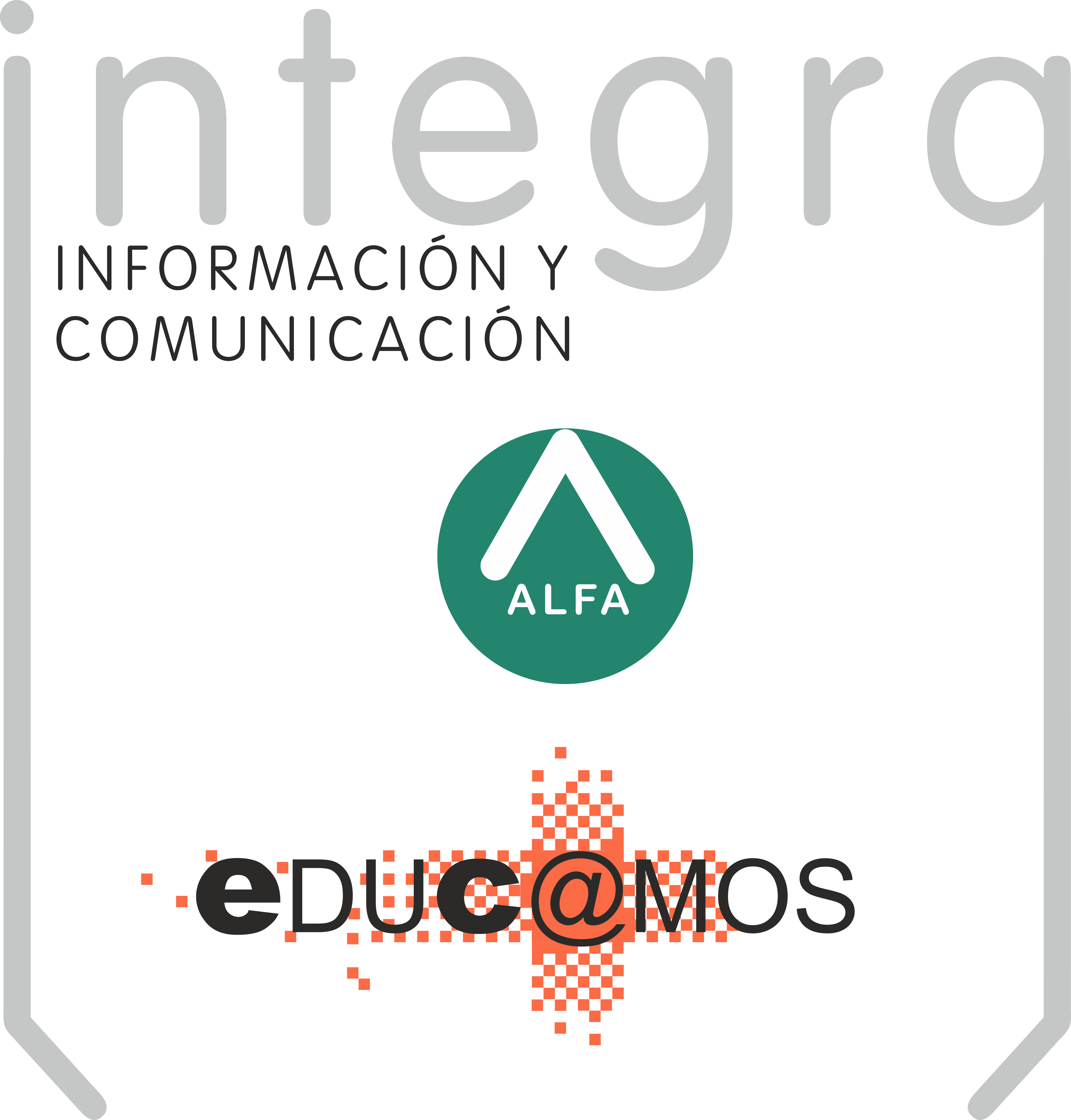In a time of unpredictability, boards that are resilient are evolving and adapting to a changing business landscape. They are redefining the lines of responsibility to include sustainability and purpose beyond shareholder supremacy and embracing diverse voices and innovative perspectives in the boardroom to define future success.
The technology used in the boardroom continues changing how boards operate. Secure platforms allow for real-time communication and collaboration between geographically dispersed board members and data analytics can provide more in-depth information that can help you make better decisions. Artificial intelligence can help with tasks such as agenda preparation and risk assessments, allowing directors more time to focus on strategy.
Another trend in the boardroom is the introduction of natural light into meeting spaces as a way of encouraging healthier and more productive discussions. In fact, a recent Harvard Business Review study ranked access to natural light as the number one office perk, beating out less regular options such as cafeterias in the office and fitness centers.
As cyberattacks become a pressing issue for businesses, it’s important that directors of boards stay up-to-date in their knowledge of the company’s threats and vulnerabilities so they can effectively oversee cybersecurity. This could involve setting up designated committees, selecting the director who is the lead or investing in specialized training for board members.
As the pace of change speeds up taking on a continuous learning mindset is essential for board directors. This will help them stay active in their research and uncover new issues that are lurking around the corner. They can also assess previously unconsidered options, enabling management to devise innovative strategies that differentiate their company in their industry.
